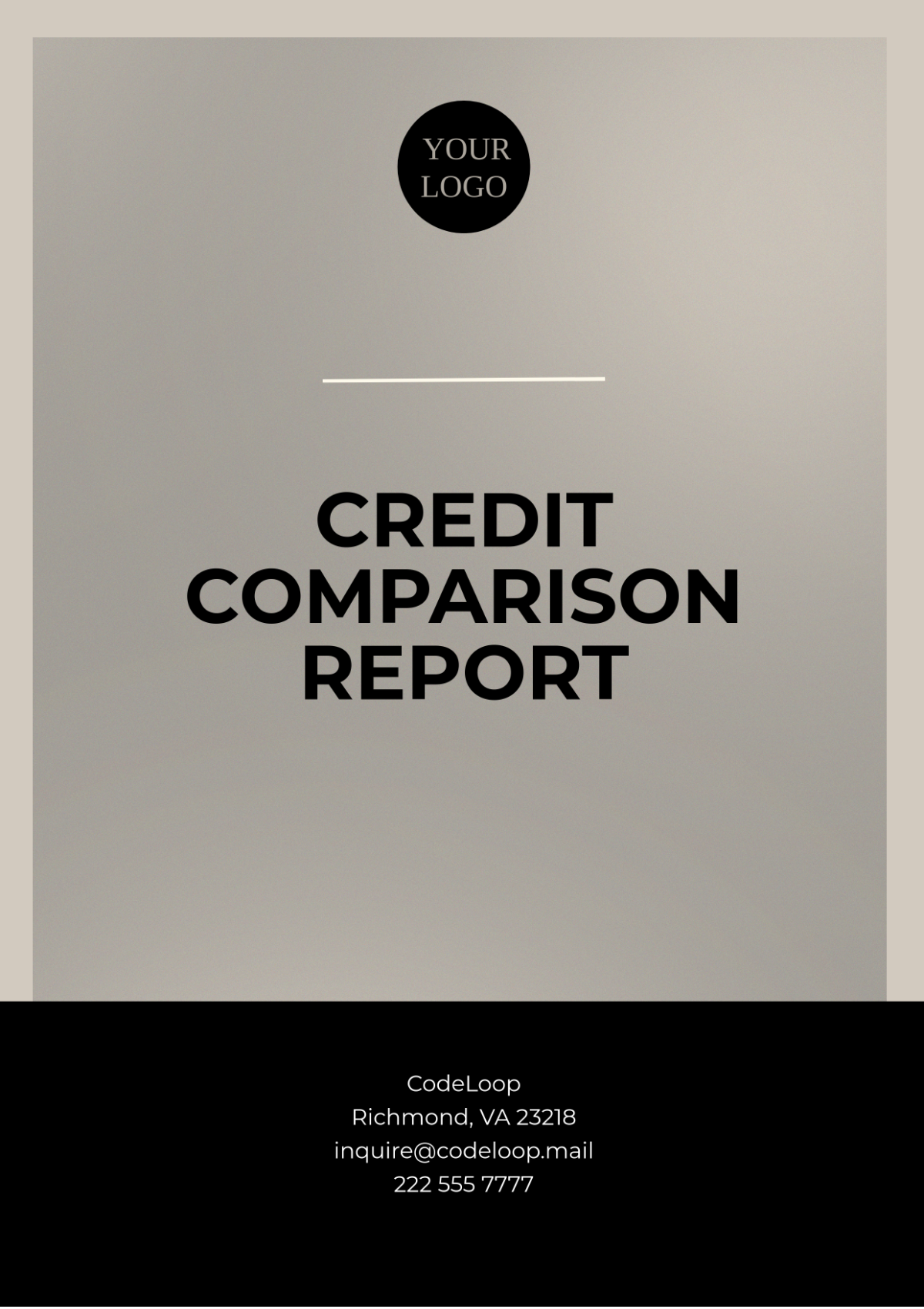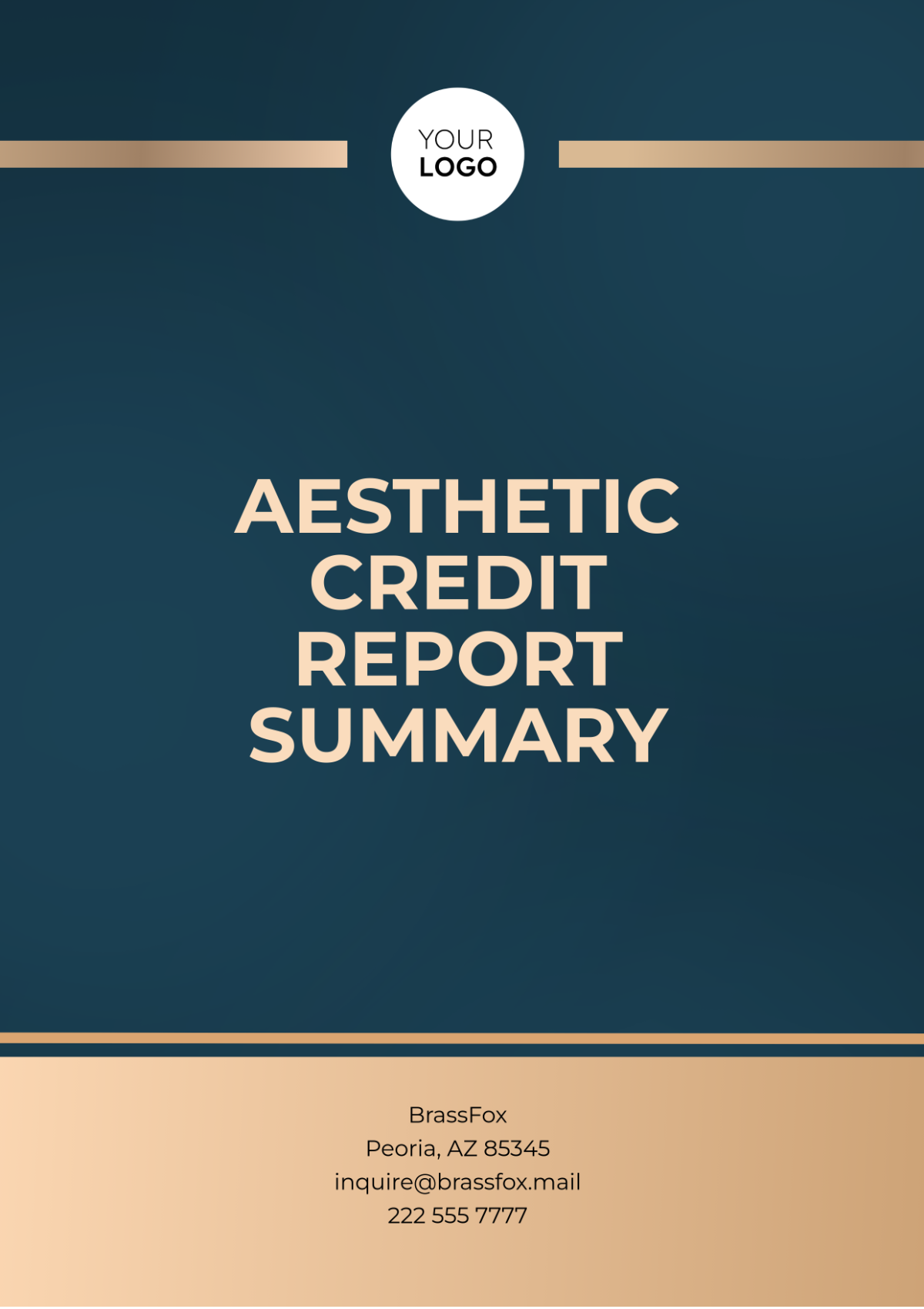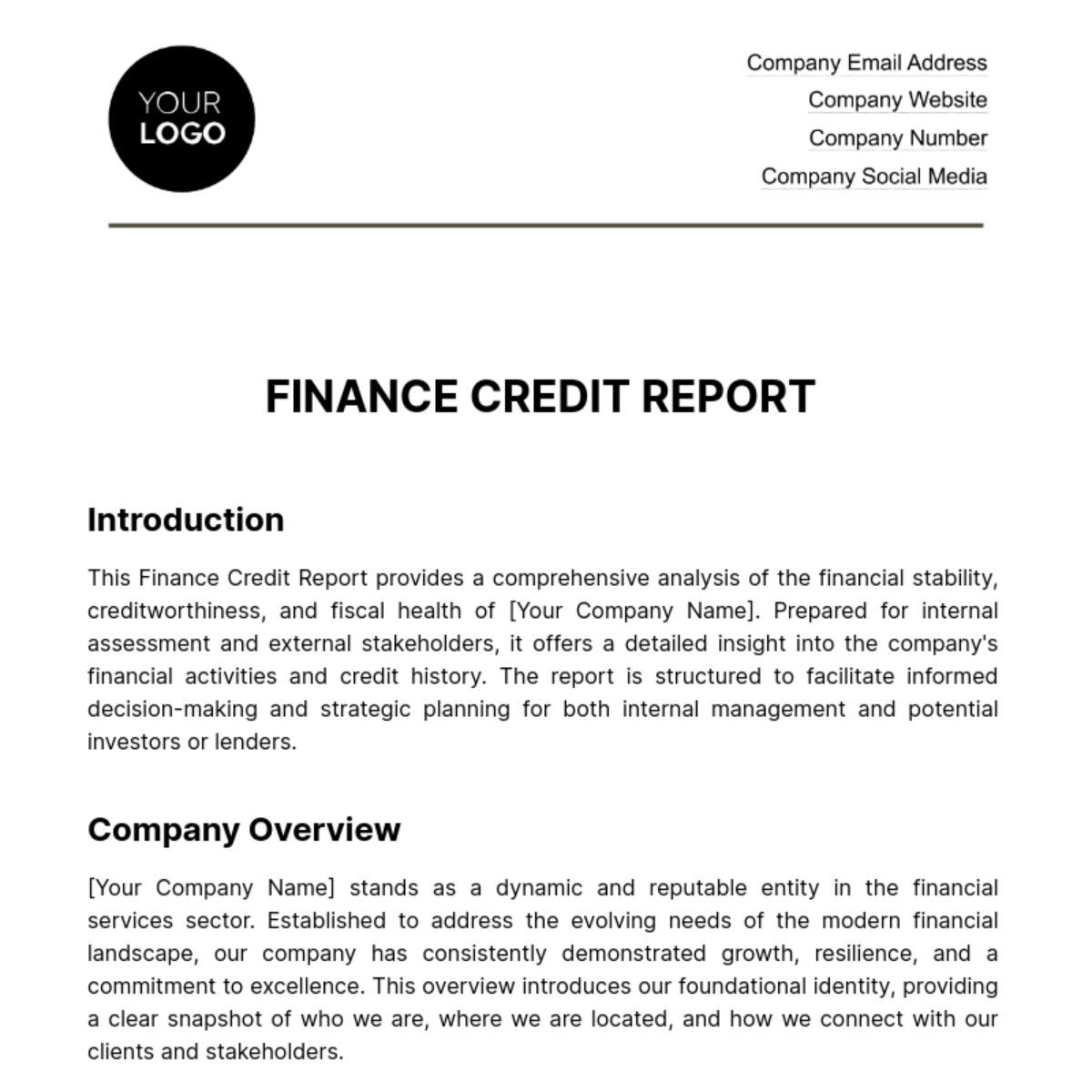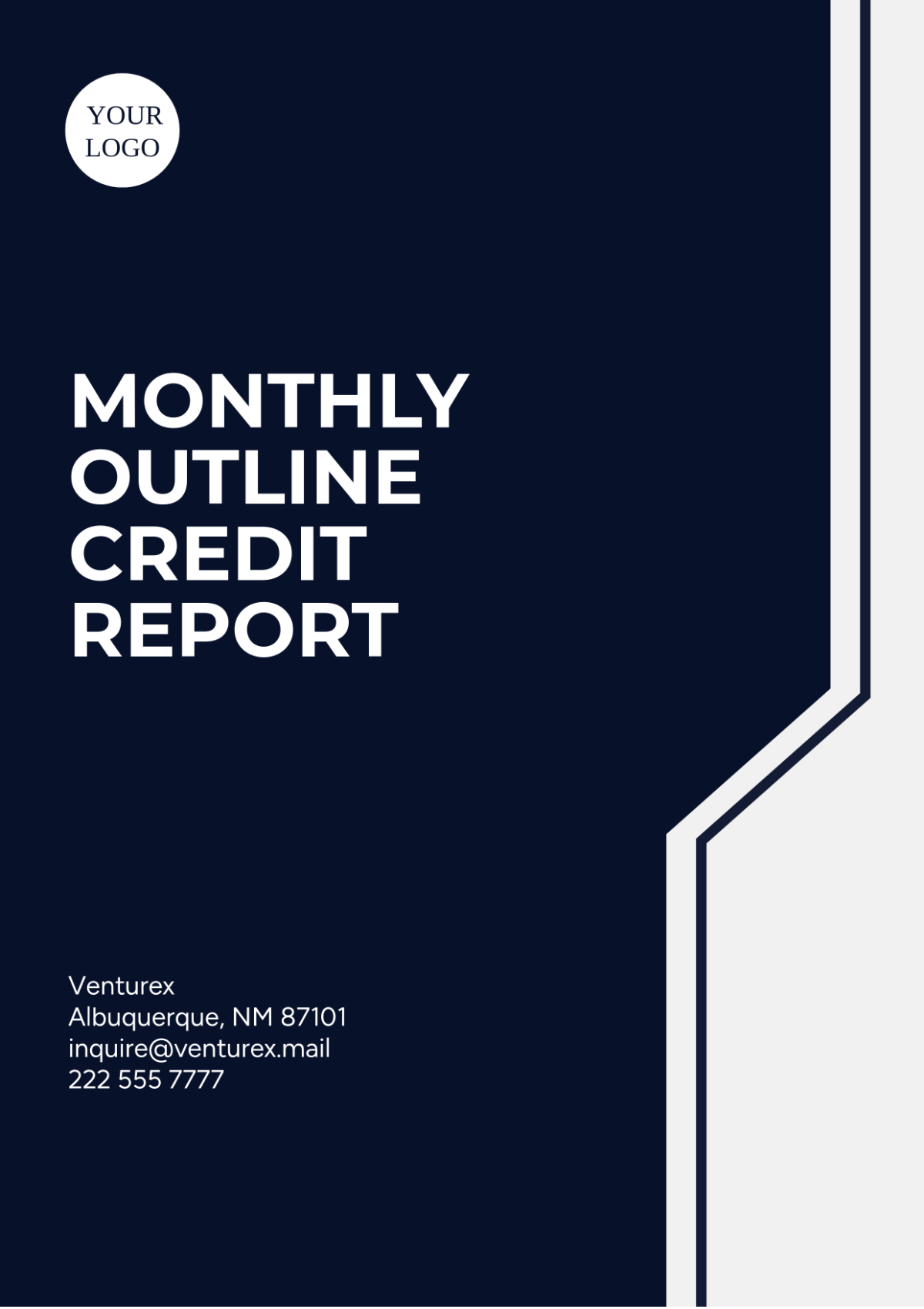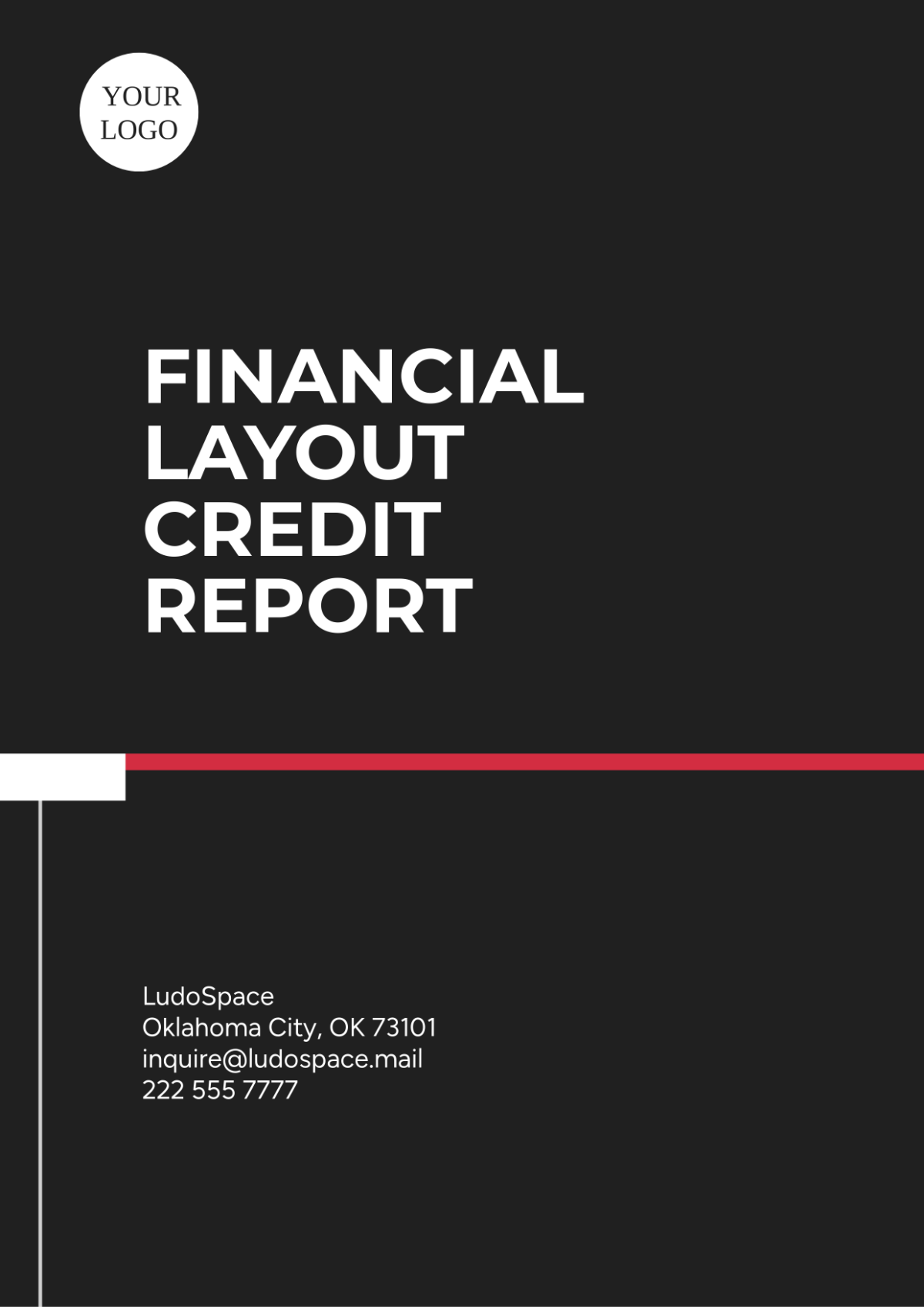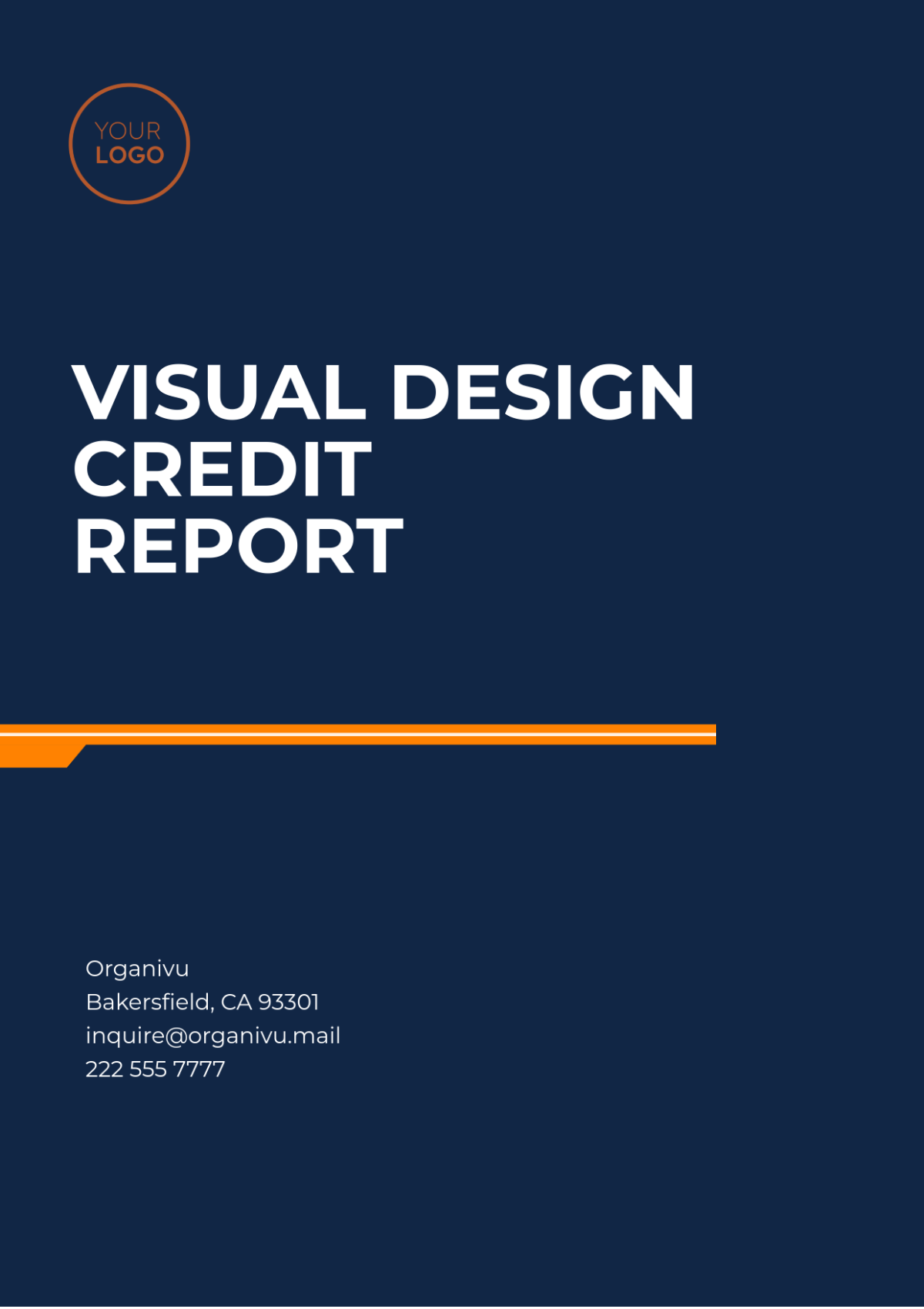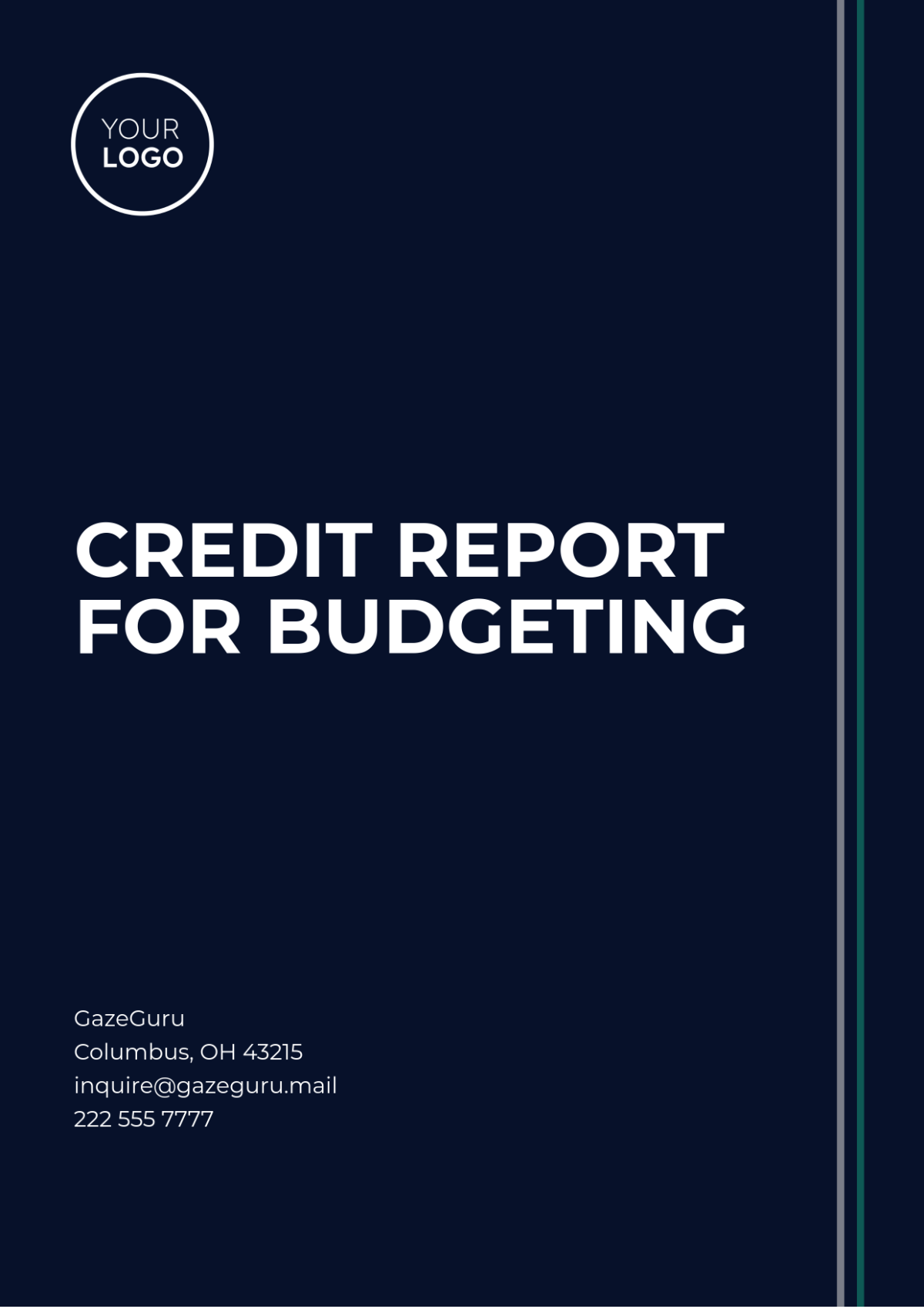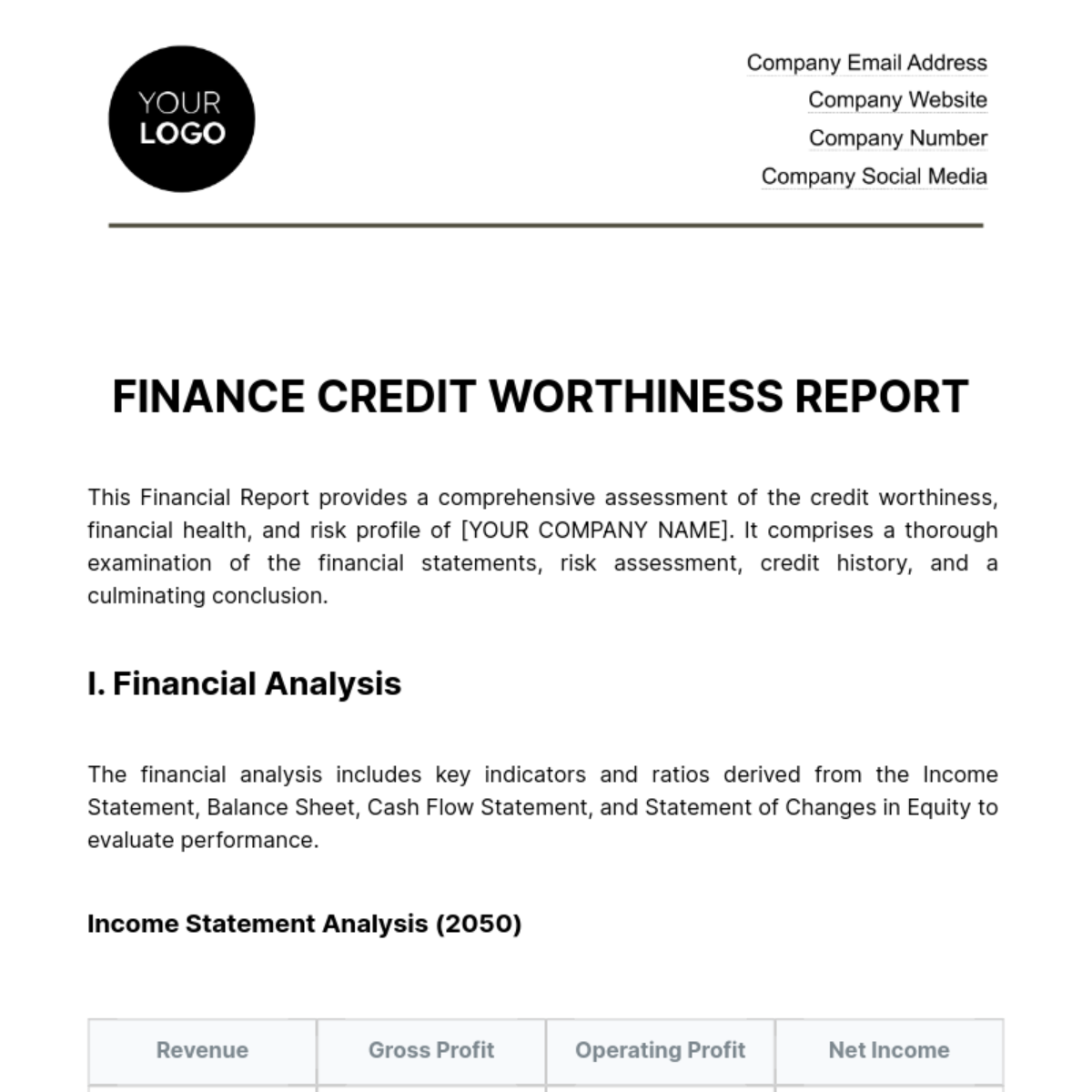Visual Design Credit Report
I. Overview of Visual Design Credit
The Visual Design Credit is a concept that recognizes the contributions of visual designers in various projects, emphasizing the need for proper acknowledgment of their work. Visual design is a crucial aspect of any project, whether it's web development, advertising, or print media. This report delves into the intricacies of visual design credit, exploring its importance, the current state, and ways to effectively implement crediting systems.
A. Importance of Visual Design
Visual design encompasses the aesthetics and usability of a product or service. It plays a vital role in enhancing user experience and brand identity. Providing visual designers with proper credit reflects the value of their work and motivates them to produce higher-quality designs.
B. Current Practices of Credit Assignment
Credit assignment in visual design is not universally standardized, often leading to inconsistencies. Some organizations have dedicated systems in place, while others overlook the significance entirely. This section explores various methods currently employed to assign credit.
Mention in project documentation.
Inclusion in visual assets metadata
Public acknowledgments on official platforms
II. Challenges in Visual Design Credit
Acknowledging visual design contributions isn't without challenges. Various factors inhibit the proper crediting of designers, which affects both the industry and individual professionals.
A. Lack of Standardization
One of the primary challenges is the lack of a standardized approach to crediting visual design work. Without established guidelines, many contributions go unnoticed or unacknowledged.
B. Intellectual Property Concerns
Visual designers often struggle with intellectual property issues, where the lines between ownership and contribution are blurred. This section highlights common scenarios where credit assignment is a complex issue.
III. Strategies for Effective Visual Design Credit
Implementing effective strategies for crediting visual designers ensures fair recognition and enhances collaboration within the industry. The following subsections propose actionable strategies to achieve this goal.
A. Comprehensive Documentation
Maintaining thorough documentation of each designer's contributions allows for a transparent credit system. This documentation can serve as a reference for stakeholders to recognize individual efforts accurately.
B. Leveraging Digital Platforms
Digital platforms offer excellent opportunities to display credits prominently. Utilizing these platforms can ensure designers receive the visibility they deserve. Some of these platforms include:
Online portfolios
Social media networks
Company websites
C. Creating a Credit Framework
Designing a robust framework for credit assignment involves setting clear guidelines on how, when, and where credits should be given. This framework can help maintain consistency across projects.
IV. Case Studies in Visual Design Credit
This section presents examples of successful credit systems in action. By examining these case studies, organizations can learn and adapt best practices to suit their operational needs.
A. Case Study: Tech Company X
Tech Company X implemented a well-structured crediting system that integrates with its project management tools, ensuring every visual designer's contribution is documented throughout the project's lifecycle.
B. Case Study: Design Studio Y
Design Studio Y leverages its social media presence to highlight its designers' work. This approach not only credits the designers but also markets the studio's creativity and expertise.
V. Conclusion
Visual design credit is an essential part of acknowledging the hard work and creativity of visual designers. Through standardized practices, comprehensive documentation, and the use of digital platforms, the industry can ensure designers receive the recognition they deserve. Continued efforts to address the challenges and implement strategic frameworks will enhance the value placed on visual design across various sectors.
Prepared by:
[YOUR NAME]
[YOUR COMPANY NAME]
[DATE]




